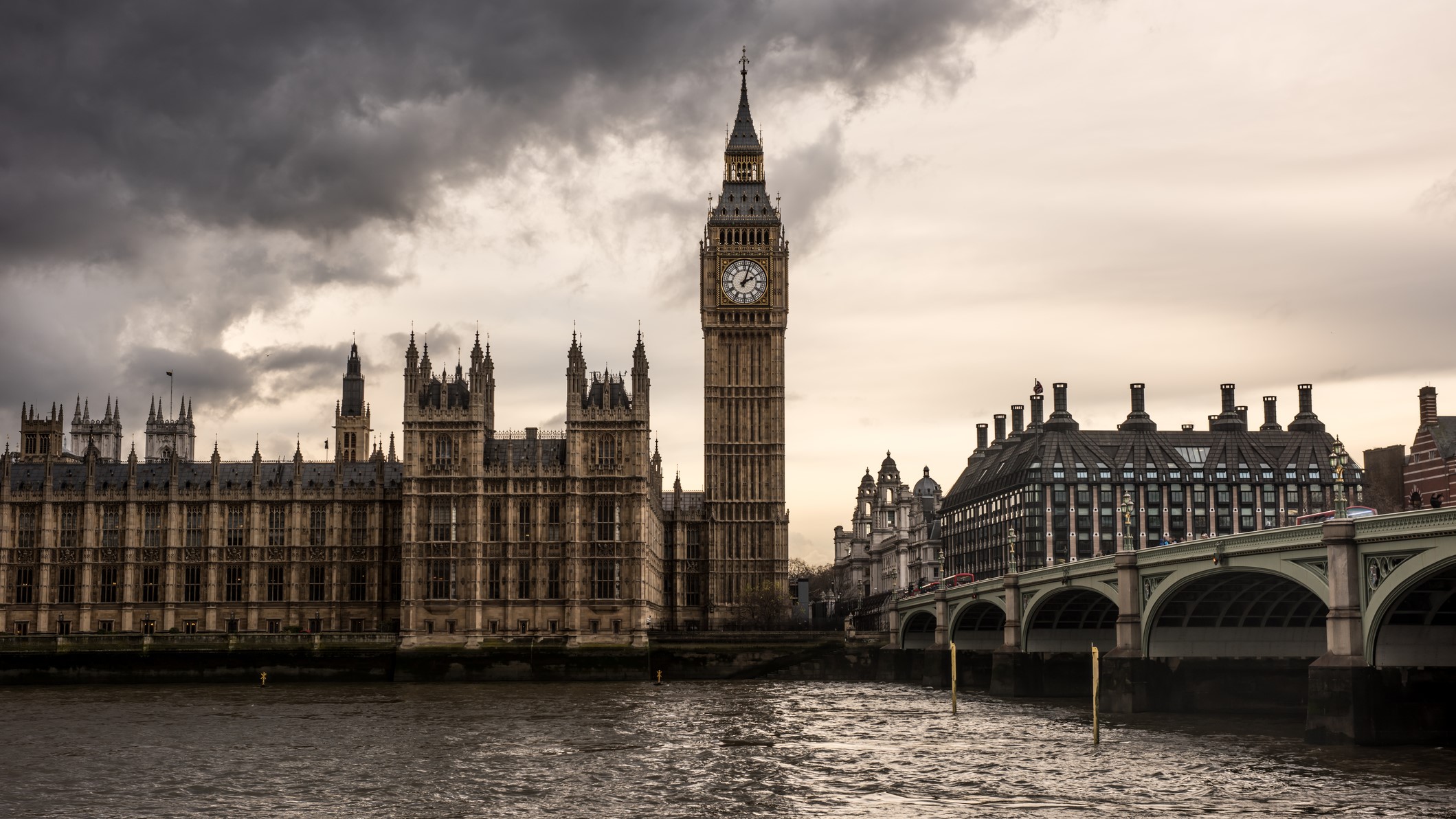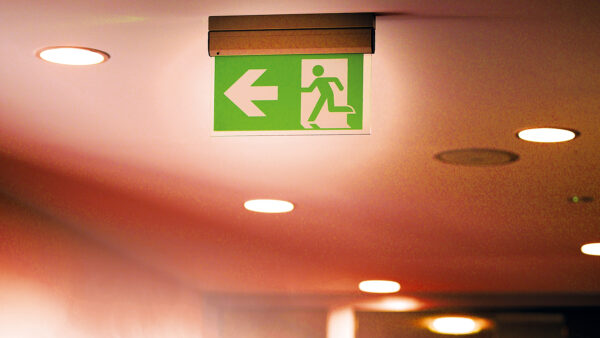The Building Safety Act was subject to many late changes before becoming law. Stuart Brown and Sarah Monaghan explain

The Building Safety Act received Royal Assent on 28 April 2022, following a three-year public consultation and legislative process. The final text of the act was published on 13 May 2022.
The act implements most (but not all) of Dame Judith Hackitt’s recommendations in her 2018 report, Building a Safer Future.
Over the last few months, public discussion about the act has been overshadowed by last-minute Government and House of Lords amendments. Many of these amendments were not subject to public consultation, and many industry players are still catching up with the implications of the changes.
So how have these amendments impacted the final requirements and obligations under the Act?
What is happening to the building safety manager role?
The role of the building safety manager, which was to have been a central role within the new regulatory regime, never made it into legislation. The cost-benefit analysis adopted by the House of Lords resulted in its removal amid concerns about the costs of the role on leaseholders.
Earlier drafts of the Building Safety Bill had introduced a statutory duty on the accountable person to appoint a building safety manager for each higher-risk building. This new statutory role was to support the accountable person in adhering to safety standards and complying with the legislation.
"While the duty to appoint a building safety manager has gone, the accountable person’s legal responsibilities for higher-risk buildings have not."
This was a critical operational role for the day-to-day management of higher-risk buildings. Work underway to prepare for the role included a new competency framework and many organisations had already appointed building safety managers.
While the duty to appoint a building safety manager has gone, the accountable person’s legal responsibilities for higher-risk buildings have not. It will be up to them to ensure they have the necessary arrangements in place to meet their obligations under the act. We may see the role of building safety manager retained in some form across many organisations.
Has the Government changed its approach to charging residents of higher-risk buildings?
Yes. The building safety manager role was scrapped partly due to concerns about recovering costs from leaseholders in higher-risk buildings. Under previous versions of the bill, landlords could recharge building safety costs, such as the appointment of the building safety manager, to leaseholders through a new building safety charge. This would have been in addition to existing service charges.
The building safety charge has also been removed. In its place, section 112 of the act amends the Landlord & Tenant Act 1985 to allow landlords to recover costs for a specified list of “building safety measures”. These include costs such as applying to register a higher-risk building, assessing and taking reasonable steps to manage building safety risks, preparing and revising safety case reports, establishing and operating reporting systems, and taking legal action against residents who breach their building safety obligations.
However, the act also sets out a list of “excluded costs” for higher-risk buildings that may not be recharged to leaseholders. This includes costs relating to fines imposed by the Building Safety Regulator and any costs incurred due to negligence, breach of contract or unlawful act by the landlord.
How does the Building Safety Act provide for disabled residents?
Some positive amendments to protect disabled residents have made their way through to the act. Members of the House of Lords proposed amendments which explicitly reference the need to protect disabled residents living in higher-risk buildings. There is now an express requirement for the Building Safety Regulator to facilitate and secure the safety of disabled people in higher-risk buildings (section 4 of the act).
The regulator must also ensure representation of disabled people and disabled interest groups on its residents panel (section 11). It must publish a statement each year about its engagement with disabled residents of higher-risk buildings (section 20).
Does the Building Safety Act impose any new obligations on developers?
Developers will now be required (under section 144 of the act) to provide purchasers of new build homes with a new build home warranty, agreeing to remedy defects in the home within such period as is specified in that warranty. Developers must also provide for and give the purchaser the benefit of an insurance policy with a minimum coverage of 15 years.
Section 145 gives the Secretary of State the power to make further regulations which impose civil financial penalties on developers who fail to give the new build home the warranty required.
Sections 126 and 127 provide greater detail about the building industry scheme that the Secretary of State has the power to establish. Membership of the scheme may include conditions such as requirements to remedy defects or make financial contributions towards the costs of remediation works.
Under section 128, the Secretary of State can make further regulations to prohibit certain prescribed persons from carrying out development of land in England, even where planning permission has been granted.
What options are there where a landlord has failed to remedy defects?
The first-tier tribunal can make remediation orders (following an application by an "interested person") requiring landlords to remedy specified defects in a relevant building within a specified time (section 123 of the act).
Examples of interested persons include the regulator, local authorities, fire and rescue authorities, and anyone with legal or equitable interest in the relevant building.
Section 124 gives the first-tier tribunal the power to make remediation contribution orders (again, following application by an "interested person"), requiring the landlord to make payments for remedying defects.
What happens next?
Certain parts of the act have come into force immediately, such as the Building Safety Regulator assuming its responsibilities.
Certain parts of the act will take effect in two months’ time, including the provisions dealing with remediation of certain defects, construction products, and those which amend the Architects Act 1997 (establishing the appeals committee and regarding discipline and continuing professional conduct). Other provisions must wait for the Secretary of State to introduce further regulations over the next year.
The main bulk of the legislation will not take effect for 18 months (developer levy, mandatory registration of high-rise buildings, commencement of mandatory occurrence reporting).
The Building Safety Act is complex and far-reaching, affecting nearly every aspect of the construction industry, and there is still a significant amount of detail to be provided in further regulations and by the Building Safety Regulator. The industry will need to get to grips with the regime quickly and keep a close eye on the changing landscape as further detail becomes available.
Stuart Brown is an associate and Sarah Monaghan a solicitor at Trowers & Hamlins.












